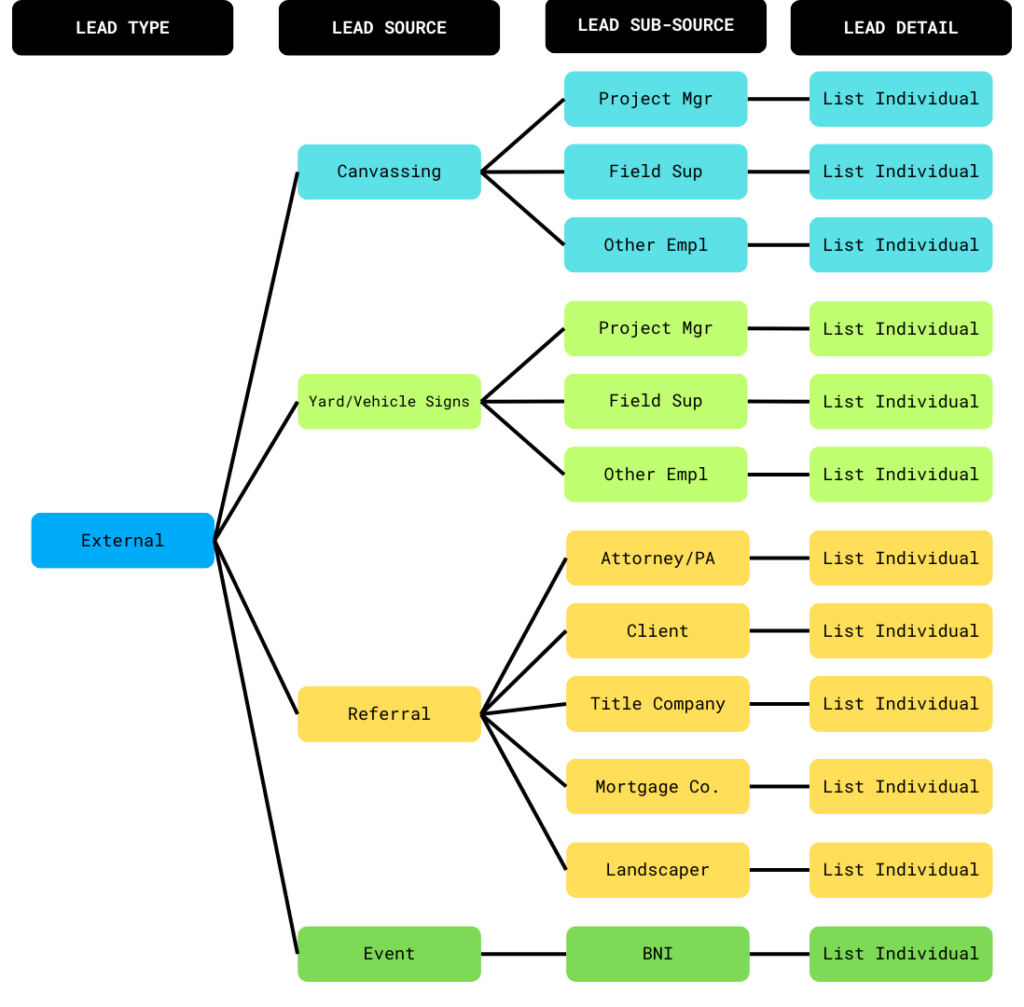There are few parts of a home that are as important to the building’s well-being as its roof. And yet, the fact is, there are also few parts of your building more likely to suffer from serious storm damage than your roofing.
It’s good to give your roof a “check-up” any time, such as through an annual or semi-annual roof inspection. But immediately following a major storm, you should be particularly concerned with checking your roof for any possible damage it may have suffered.
Below are the basics on what kind of damage storms can do to your roofing, on how to check for such damage, and on what steps to take to restore your roof to its pre-storm condition (or better!)
7 Common Types Of Storm Damage To Roofing
Wind, water, hail, wind-borne projectiles (called “missiles”), falling objects, lightning, and other storm-related elements pose a great danger to your roof.
In point of fact, your roofing and roof structure are the most likely things to be damaged during a hurricane, tropical storm, tornado, or severe thunderstorm. And we all know that Florida has plenty of all those every year!
Here are the 10 most common forms that storm damage is likely to take:
- Lost shingles – Many times, strong winds will manage to get below a shingle flap and rip the whole shingle off the roof.
- Damaged shingles – Wind often does serious damage to roofing shingles. It may bend them over, cause them to buckle, break off the tabs at the end, or leave them dangling precariously by a single nail.
- Granule erosion – Roof shingle granules can gradually erode and fall into the gutters over the years. But when their hold is already weakened by heat and time, stormy winds and rains may suddenly carry many granules away.
- Roof leaks – Water may penetrate below the shingles and make its way into your home’s interior. Roof leaks damage the roof deck and may destroy drywall on your walls and ceilings. Leaks are also a threat to home furnishings and electronics.
- Gutters and downspouts – Part of your overall roofing system may be bent, broken, or ripped off during a major Florida storm.
- Pooled water – Especially on flat and low-incline roofs, there may be areas where water pools and becomes stagnant. This can lead to mold and mildew growth, persistent roof leaks, and damaged shingles.
- Damage to ridge caps – Located on the highest points of your roof, it’s no wonder that ridge caps are frequently damaged by high winds during a storm.
- Damage from tree limbs and projectiles – Winds may knock deadwood trees or tree branches onto your roof and damage its structure and shingle layer. Other wind-borne projectiles could also cause damage.
- Hail damage – Even in Florida, it’s not all that uncommon for hail impacts to occur. This is rarer than in most other states, but it still happens. A single hailstorm could compromise all or part of your roofing shingles.
- Damaged roof vents – Roof vents may be impacted or ripped off during a severe storm as well.
A 5-Step Process For Checking Your Roof For Storm Damage
Familiarity with the various types of storm damage is a start. The next step, however, is to have a process for inspecting your roof post-storm to assess its condition and discover any damage that may have been inflicted upon it.
If you notice a roof leak during the storm, then that’s obvious. If you see shingles strewn about your lawn, or a tree or tree limb lodged into your roof structure, you’ll notice it very easily. But you also have to think about looking for types of damage that may not be so immediately visible.
Here is a 5-step plan for checking your roof for storm damage:
- First of all, once the rain and wind have passed, take a quick walk around your home. Get far enough back from the building that you can see the roofing but not so far that you can’t see it well. You may notice damaged, dangling, or missing shingles. You may see hail impacts. You might notice some flashing popping out around a chimney or elsewhere.
- Write down any roof damage you spot in a small notebook. Take pictures of the storm damage too. Draw a small schematic of your roof so you can indicate the location of the damage. This could be important information to give to a roofing contractor and/or your homeowner’s insurance company.
- If you are comfortable walking on a rooftop and know how to do it safely, then you can make that the next step. There are many instances of storm damage to a roof that can only be seen with a closer rooftop inspection.
- Check throughout your attic and your home’s interior. You may see signs of water damage on your attic ceiling, on the insulation on your attic floor, or on drywall located anywhere inside your building.
- Contact a local roofer to do a post-storm roof inspection. It’s best to get a professional inspection done if you suspect your roof may have suffered from some storm damage. A pro roofing contractor will be able to more specifically pinpoint the damage and give you a full report.
A 5-step Post-storm Roof Restoration Plan
Knowing what is now wrong with your roof, of course, is only a preliminary matter. What you really need is a post-storm roof restoration plan.
- Step One – what we’ve already gone over; recognizing the damage that has been done. Examine your roof yourself and have a professional roofer do so post-storm.
- Step Two – take care of any emergency roofing issues. For example, you may need to cover a part of your roof with a tarp, get a tree limb out of your roof, contain a roof leak until it can be eliminated, or clean up potentially dangerous roof debris that blew off in a storm. Your local roofer likely handles emergency roofing needs like this, so don’t hesitate to give them a call!
- Step Three – coordinate a roof repair plan with your roofing contractor and insurer. Make sure your insurance company will cover the repairs with that particular contractor. After hearing the contractor’s assessment of your roof’s post-storm condition, decide on what you want to pay them to do.
- Step Four – schedule a date for the roof repair or replacement work, ensuring it is done safely and correctly, and get the final report on the job from the contractor upon job completion. You also will need to ensure you get reimbursed from your insurer if applicable.
- Step Five – take steps to protect your now-repaired roof against future damage. To minimize the risks and get more lifespan out of your roofing, do annual maintenance on your roof and gutter system, order an annual roof inspection, and always fix problems promptly once you are aware of them.
Why You Should Get An Annual Roof Inspection
Your roofing, like every other component of your home, is not going to last forever. And it will require at least some maintenance, care, and attention from time to time to keep it at top performance.
It’s often best to have your roof inspected right after hurricane season and storm season in Florida. But whatever timeframe you decide upon, annual roof inspections are important – here are a few top reasons why:
- You want to keep tabs on the condition of your roof from year to year. That way, when it’s finally time for roof replacement, it won’t come as a sudden surprise to you. You can save up for the inevitable gradually and “see it coming.”
- Catching and correcting roof problems earlier rather than later is crucial. An annual roof inspection helps you do that. Problems left to fester tend to become bigger, more expensive problems down the road.
- You will build a relationship with your local roofer. You will know who to call in a roofing emergency, and the roofer will already be fully familiar with your roof and its needs.
When Is It Finally Time To Replace That Old Roofing?
Timely roof replacement brings many benefits and avoids many pitfalls. Storm damage may be the occasion that reveals the inadequacy of older roofing shingles that may have seen their day.
You don’t want to replace a perfectly good roof, of course. A good, honest local roofer will know how to give you the information you need to decide when it’s finally time for full roof replacement and when roof repair is sufficient.
Hail damage, for example, may only affect one or two isolated areas of your roofing. Or, the storm damage may be so extensive and spread out that you would practically have to replace all the roofing anyway to fix it. The situation varies greatly and must be decided on a case-by-case basis.
Here are a handful of key points to keep in mind when deciding if you should replace your roofing after it suffers from storm damage:
- How old is the roofing? If it’s near the end of its expected useful lifespan or its warranty has expired (or is about to), you may want to use this opportunity to re-roof your whole house. Most asphalt shingle roofing lasts 20 to 30 years.
- What condition are the shingles in? If the shingles are brittle, worn down with the granules mostly missing, or bent or buckled in many spots, it could be time to replace them with new shingles that will give you good service for many years (and that won’t be likely to spring a leak so easily.)
- How often have you needed roof repairs? Over the last year or two, have you had to get 2, 3, or more roof repairs done per year? That’s a sign your old shingles may be nearing the end of their journey.
- Are you remodeling or about to list your home? It may be that you would like to replace your old roofing for aesthetic reasons. You may be remodeling your home or you may be planning on selling it soon.
Talk To A Top Local Roofer Today!
If your roof has recently suffered from storm damage, you are likely looking for a local roofing contractor. How do you know which to trust?
In general, avoid those who suddenly show up at your doorstep after a storm. It’s better if you contact them. You don’t want any fly-by-night or unreliable contractors. Look for a roofer with a strong local reputation and experience both wide and deep across many years.
In Central Florida, contact Sheegog Contracting to learn more about how to handle storm damage to your roof. Talk to us today for more information or to schedule a roof repair/roof replacement job!






